No products in the cart.
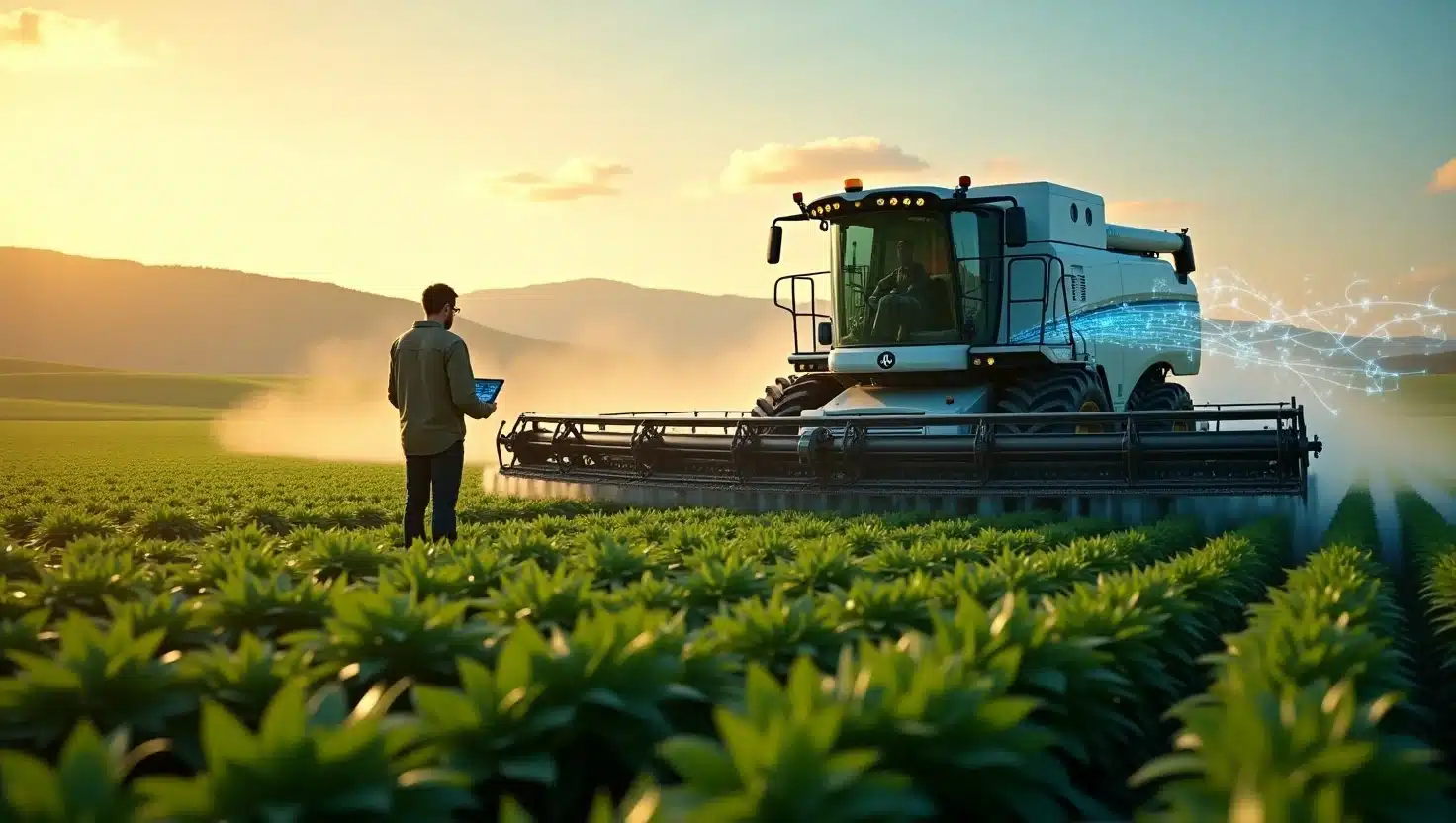
1. Introduction:
For decades, farmers have applied fertilizer using general formulas, blanket applications based on crop type and season. But this conventional method often leads to underfeeding or overfeeding crops, wasting resources and damaging the environment. In fact, studies show that more than 50% of fertilizer applied worldwide doesn’t get fully absorbed by plants, instead leaching into water systems and contributing to pollution.
Enter machine learning (ML), a branch of artificial intelligence that is transforming how farmers approach machine learning in fertilizer application. Instead of guesswork, ML enables data-driven, site-specific fertilization strategies. By analyzing vast datasets from soil sensors, satellite imagery, weather patterns, and crop growth cycles, these systems can accurately predict nutrient needs down to the acre.
This technology is more than just smart, it’s sustainable, cost-efficient, and tailored to real-time needs. From precision agriculture to fertilizer dose prediction tools, machine learning is helping reduce waste, boost yields, and minimize environmental impact.
This article explores how ML-powered fertilizer management works, the technologies behind it, and how farmers, big and small, can benefit from this shift. Whether you’re curious about AI in agriculture, or already exploring smart fertilizer application, this guide provides a roadmap to smarter farming.
2. The Basics – What Is Machine Learning in Agriculture?
Machine learning (ML) is a branch of artificial intelligence that enables systems to learn and improve from data, without being explicitly programmed. In agriculture, this means algorithms can analyze vast, complex datasets to make accurate, real-time decisions. When applied to fertilizer management, ML doesn’t just predict nutrient needs; it adapts to changing field conditions, soil health, and crop growth stages.
Unlike traditional farming practices, which often rely on broad-based fertilizer schedules, ML allows for site-specific fertilizer recommendations. For example, an ML model can detect soil nitrogen deficiencies in a particular area and suggest the exact fertilizer dose required. It can also forecast weather conditions that might impact fertilizer effectiveness, ensuring that applications are timed for maximum absorption.
Data for these predictions comes from a mix of sources: soil nutrient sensors, UAVs (drones), satellite imagery, and historical yield maps. These inputs are processed using algorithms like neural networks or support vector machines (SVMs), which continuously refine recommendations as more data becomes available.
In short, ML transforms fertilizer decisions from educated guesses into precise, adaptive strategies. As more farms embrace digital agriculture and AI in crop management, machine learning is rapidly becoming an essential tool for efficient, sustainable farming.
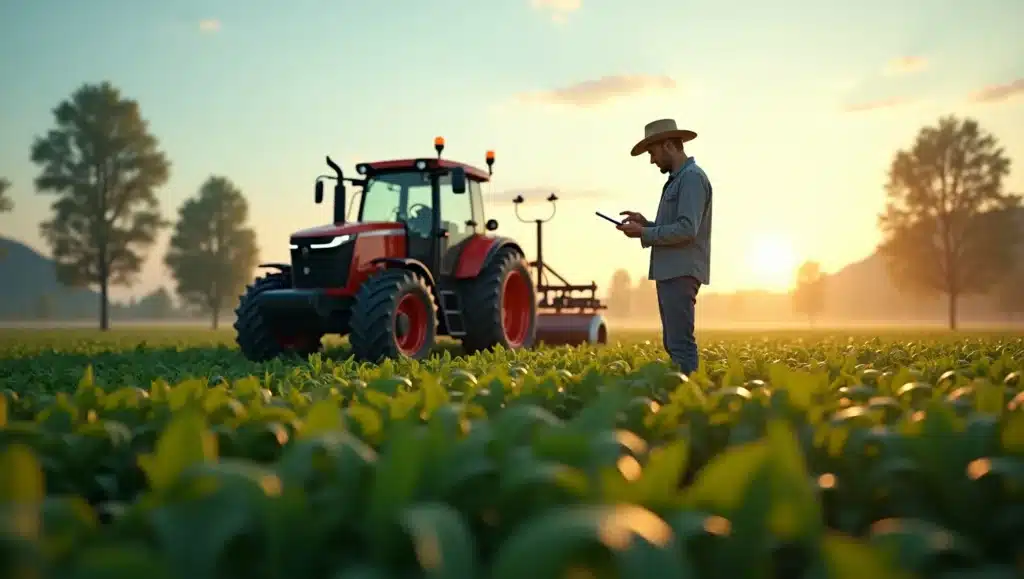
3. Precision Fertilizer Application – How ML Makes It Smarter
Traditional fertilizer practices treat entire fields as uniform, applying the same nutrients everywhere. But in reality, soil quality and crop needs vary from one plot to another. That’s where precision agriculture, powered by machine learning, delivers a smarter solution. Instead of uniform application, ML algorithms analyze field-level data to deliver site-specific fertilizer recommendations.
Using data from soil nutrient sensors, drones, weather stations, and satellite imagery, ML models determine exactly what nutrients are needed, when, and where. This level of precision helps avoid over-fertilization, which leads to runoff and pollution, or under-fertilization, which stunts plant growth.
One common ML application is fertilizer dose prediction. Algorithms process multiple variables, soil pH, nitrogen levels, past yields, rainfall, and plant health metrics, to compute the ideal NPK (Nitrogen, Phosphorus, Potassium) mix. As conditions change, the model updates in real time.
This approach not only increases crop yield but also reduces input costs. Farmers can achieve more with less, less fertilizer, less waste, and less guesswork. The shift from reactive to predictive fertilization is one of the biggest benefits of machine learning in agriculture, especially for those aiming for sustainability and efficiency.
Next, we’ll explore the technologies making these systems possible.
4. Technologies Powering ML-Driven Fertilizer Systems
Machine learning’s success in fertilizer application depends heavily on the integration of advanced technologies that gather, analyze, and transmit data. These tools serve as the foundation for smart, real-time decision-making on farms.
IoT (Internet of Things) sensors are the first layer, embedded in the soil to track variables like moisture, nutrient levels, and temperature. This data is collected continuously and transmitted to centralized systems where ML models analyze trends and make nutrient recommendations.
Drones and satellites provide a bird’s-eye view of the fields, capturing NDVI (Normalized Difference Vegetation Index) imagery that helps monitor plant health and detect nutrient deficiencies early. These aerial views are critical for large farms managing diverse soil profiles.
In addition, farm management platforms like xFarm, CropX, and Climate FieldView are integrating ML to offer cloud-based fertilizer optimization tools. These platforms merge historical yield data, weather forecasts, and sensor readings to offer real-time guidance.
Behind the scenes, algorithms like random forests, SVMs, and deep learning models power these decisions, constantly learning from new data inputs.
Together, these technologies transform how fertilizer is applied, ensuring the right dose reaches the right place at the right time. It’s a shift from calendar-based routines to adaptive, intelligent farming.
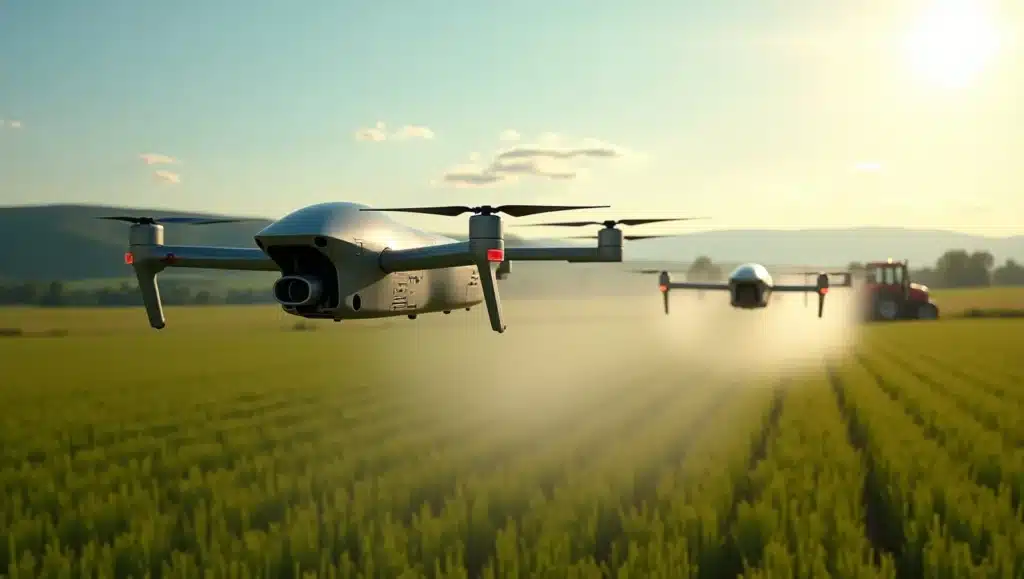
5. Benefits – Yield, Efficiency & Environmental Gains
The adoption of machine learning in fertilizer application offers a wide range of measurable benefits for farmers and the environment. One of the most impactful outcomes is higher crop yields. By applying fertilizer precisely where it’s needed, ML ensures plants receive optimal nutrients, leading to stronger, healthier growth.
Another key advantage is input cost reduction. Farmers using ML-powered tools report savings of up to 30–40% on fertilizers due to decreased waste. These savings directly impact profitability, especially for large-scale operations that previously relied on generalized application methods.
ML also supports sustainable agriculture by reducing over-fertilization, which can lead to nitrogen runoff and soil degradation. With real-time data analysis, applications are adjusted based on rainfall, plant maturity, and nutrient absorption, minimizing environmental harm.
Furthermore, AI in fertilizer management supports compliance with environmental regulations and boosts the farm’s overall resource efficiency. When combined with other technologies like smart irrigation or drone-based monitoring, the gains become even more significant.
These benefits aren’t just theoretical, they’re already being realized on farms around the world. Whether on a 5-acre plot or a 5,000-acre operation, ML is proving to be a game-changer in delivering precision, productivity, and sustainability.
6. Challenges & Barriers to Adoption
While machine learning offers transformative benefits in fertilizer application, its widespread adoption faces several hurdles, especially among small to mid-sized farms. One major barrier is cost. Advanced ML tools often require significant upfront investment in hardware (e.g., sensors, drones) and software platforms, which may not be feasible for farmers with tight budgets.
Another challenge is data accessibility and quality. Machine learning models rely on large volumes of accurate, real-time data to make reliable recommendations. Many farms still lack the infrastructure, like high-speed internet or cloud-connected sensors, to gather and manage this data effectively.
There’s also a knowledge gap. Many farmers are not yet familiar with how ML systems work, how to interpret results, or how to integrate them into existing workflows. Without proper training or technical support, even the best tools can go underused or misapplied.
Moreover, integration challenges arise when trying to combine ML tools with older farming equipment or legacy management systems. And in some regions, regulatory uncertainty around digital farming practices can further slow adoption.
To fully unlock ML’s potential in agriculture, stakeholders must address these barriers with affordable solutions, education programs, and policy support, ensuring that the benefits of AI-driven fertilizer management are accessible to all.
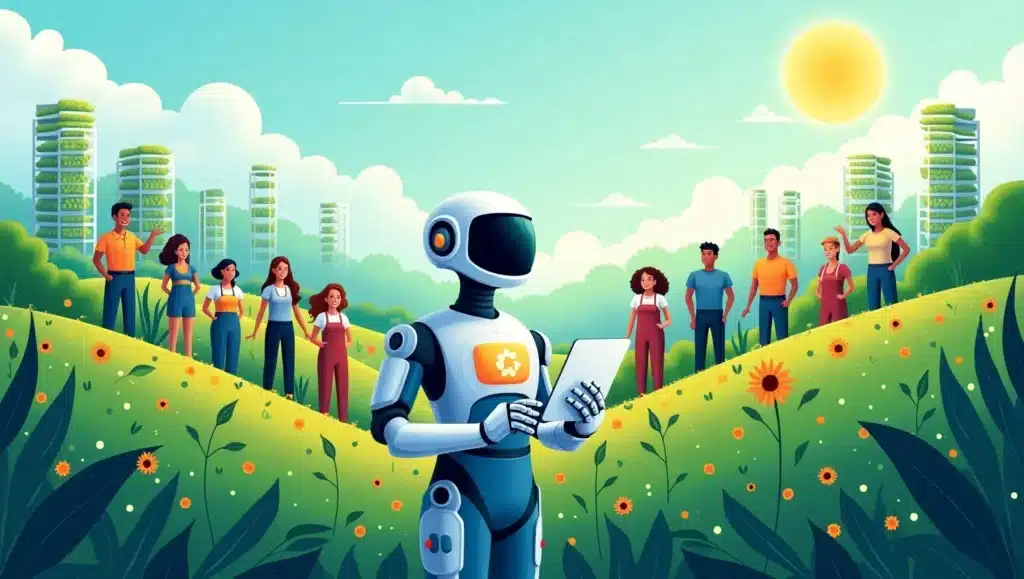
7. Conclusion – The Future of Fertilizer Is Algorithmic
Farming is evolving, and machine learning is at the heart of that transformation. As we’ve explored, traditional fertilizer practices are giving way to precision-driven, AI-powered methods that offer measurable gains in efficiency, sustainability, and yield. With tools that analyze everything from soil nutrient profiles to weather patterns and crop health, farmers can now apply the right fertilizer, at the right time, in the right amount.
This isn’t just a futuristic concept, it’s already happening. Smart fertilizer applications powered by ML are being deployed globally, helping farmers cut waste, improve returns, and meet growing food demands while protecting the environment. Still, challenges around accessibility, affordability, and awareness remain, especially for smallholders and developing regions.
As technology continues to advance and costs decline, machine learning will become more accessible, opening the door to a more sustainable and profitable future for agriculture. The farms of tomorrow will be data-driven, adaptive, and more resilient, thanks in part to the intelligent use of fertilizers.
Call to Action:
Want to take the next step? Explore our in-depth guide on AI Tools for Fertilizer Optimization or learn how to get started with Precision Farming for Beginners.
Frequently Asked Questions (FAQs)
Q1. How does machine learning improve fertilizer use in farming?
Machine learning analyzes soil data, weather patterns, and crop needs to recommend the right type and amount of fertilizer. This precision reduces waste, lowers costs, and improves yields.
Q2. What tools use AI for fertilizer application?
Popular tools include Climate FieldView, CropX, xFarm, and Taranis. These platforms use ML algorithms to generate site-specific fertilizer recommendations based on real-time data.
Q3. Can small farms benefit from machine learning fertilizer systems?
Yes. With more affordable sensors and open-source ML tools emerging, small farms can adopt AI-driven fertilizer practices to optimize input use and boost productivity.
Q4. What are the environmental benefits of using AI in fertilizer application?
ML minimizes over-application, which reduces runoff and nitrogen leaching. This helps protect water sources and supports sustainable farming practices.
Q5. Is machine learning in fertilizer use expensive to implement?
While initial costs can be high, the return on investment is significant through savings on fertilizer, improved crop health, and reduced labor.
Related Articles
Livestock Farming
AI in Aquaculture: How Smart Tech is Transforming Fish Farming
1. Introduction: The world’s appetite for seafood is growing fast, yet traditional...
Livestock Farming
The Future of Farming: Why AI-Powered Tractors Are Gaining Popularity
1. Introduction: Across the world, farmers are grappling with rising costs, shrinking...
Livestock Farming
Using AI to Track Livestock Health and Prevent Disease Outbreaks
1. Introduction: In recent years, livestock farmers around the world have faced...
Livestock Farming
What Is Smart Farming? A Beginner’s Guide to AI in Agriculture
1. Introduction: By 2050, global food demand is expected to increase by...
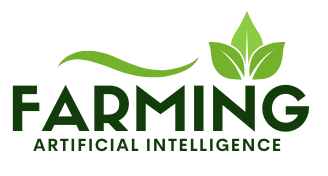
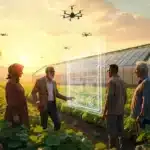

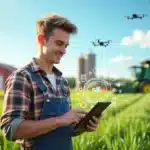




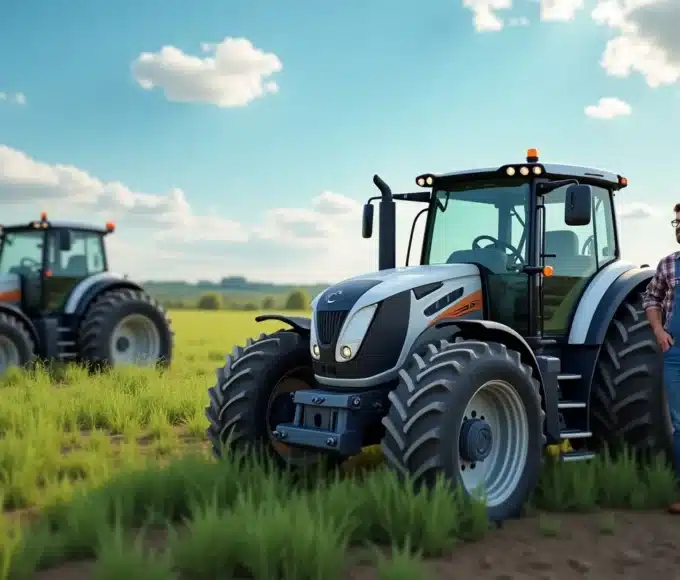
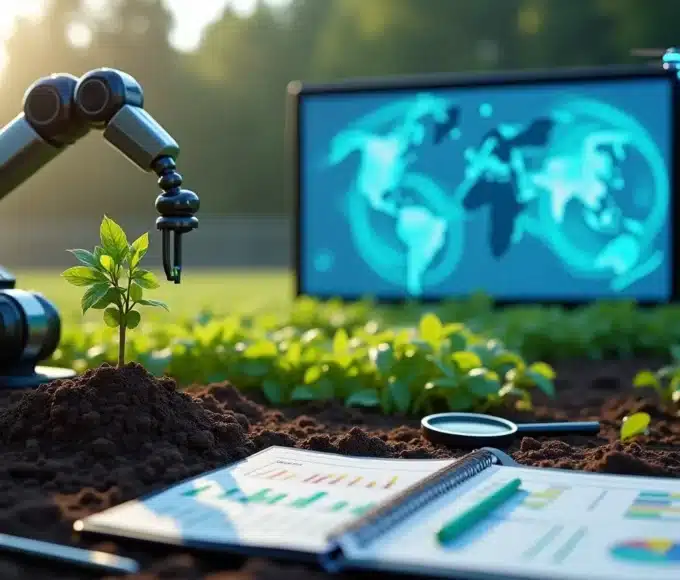
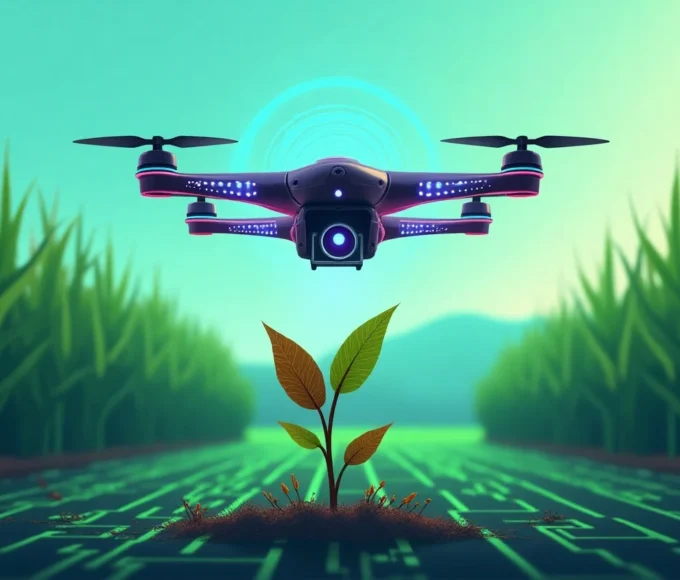
Leave a comment